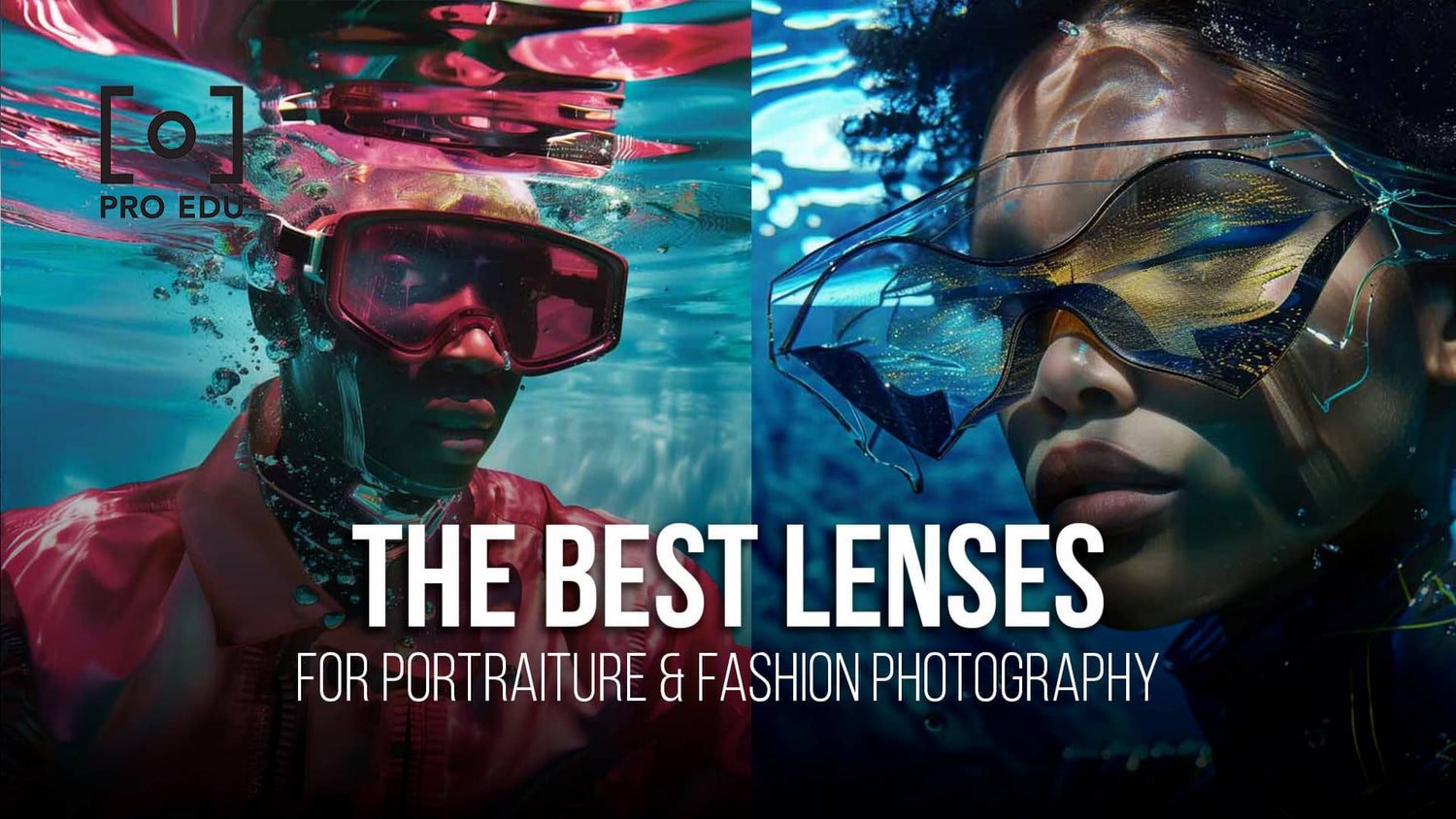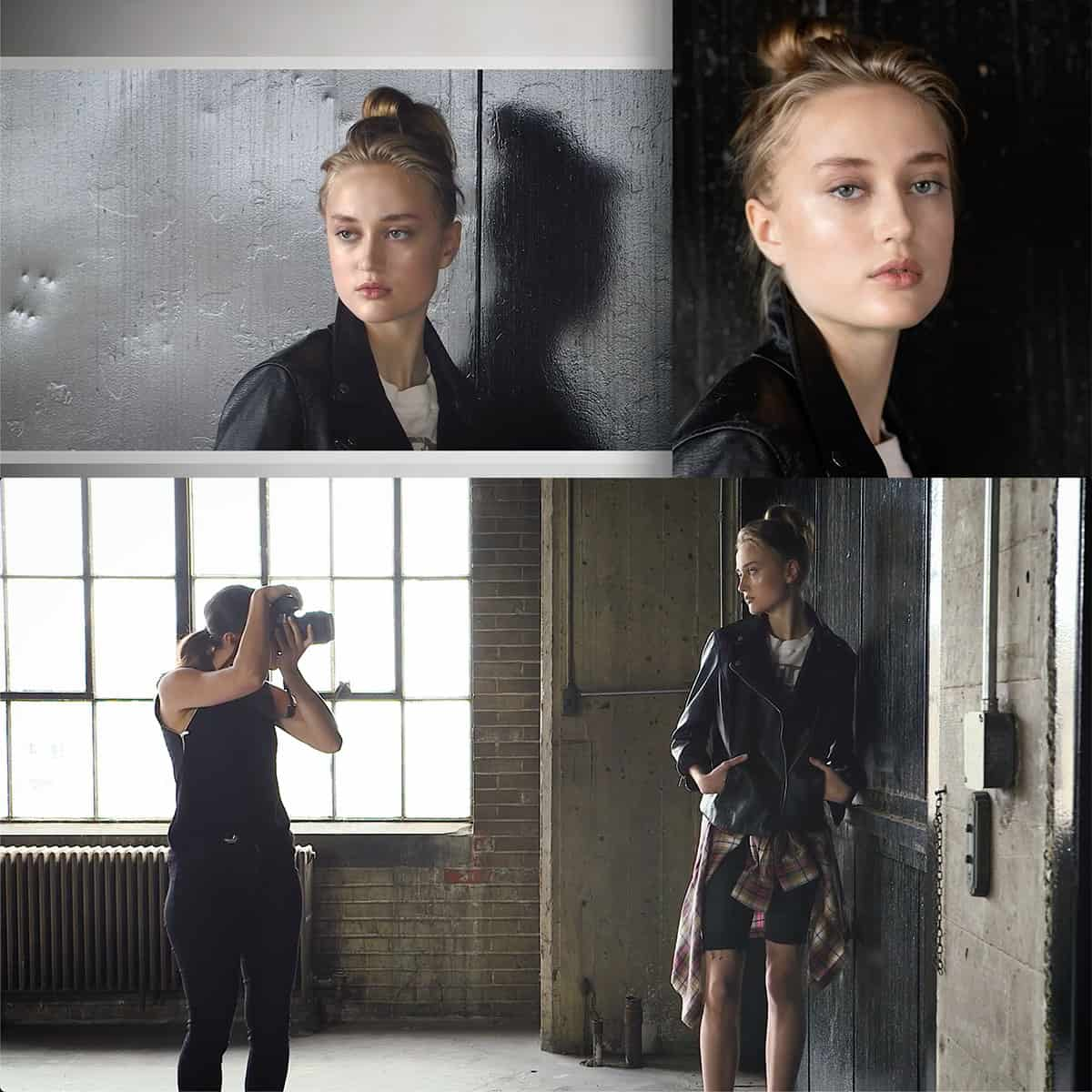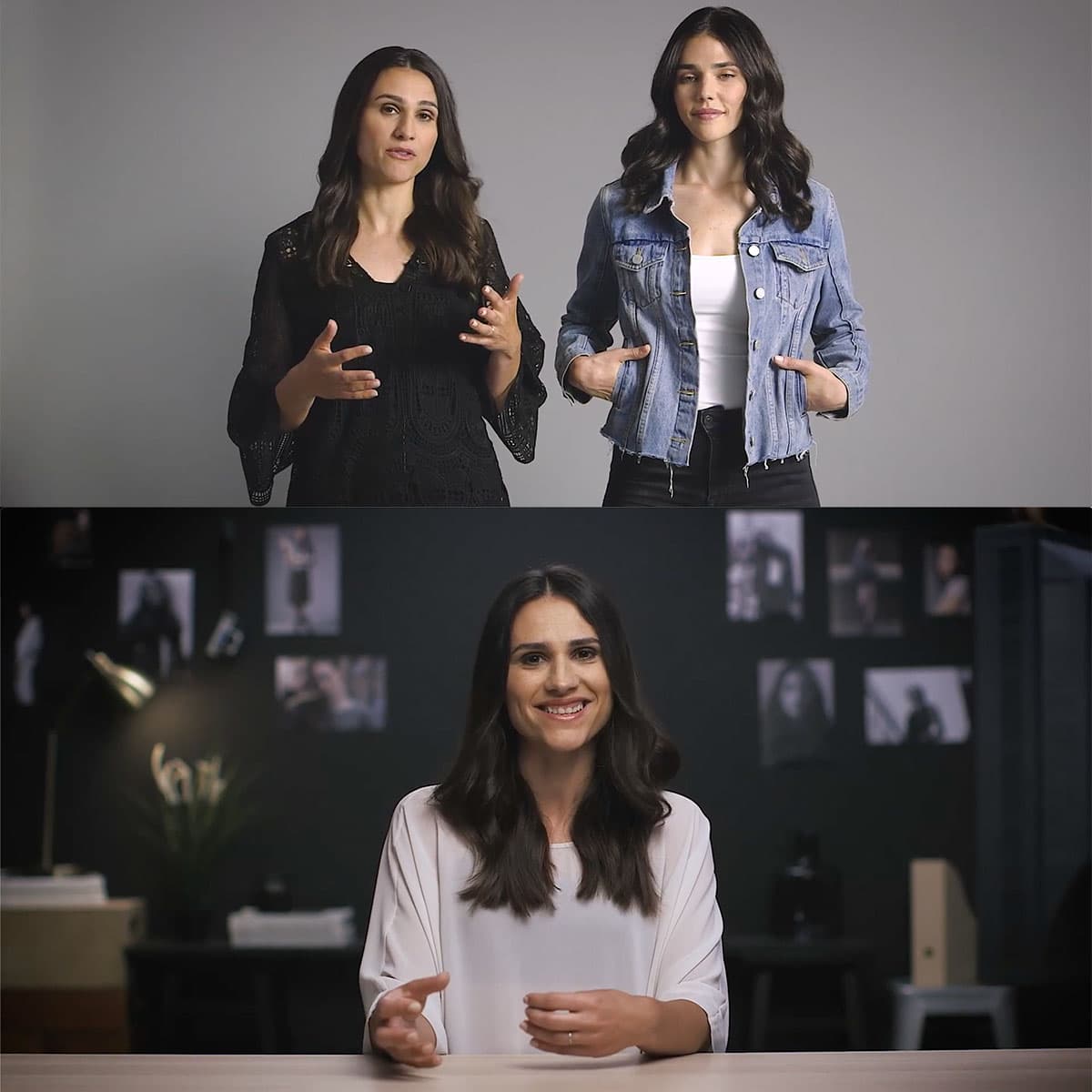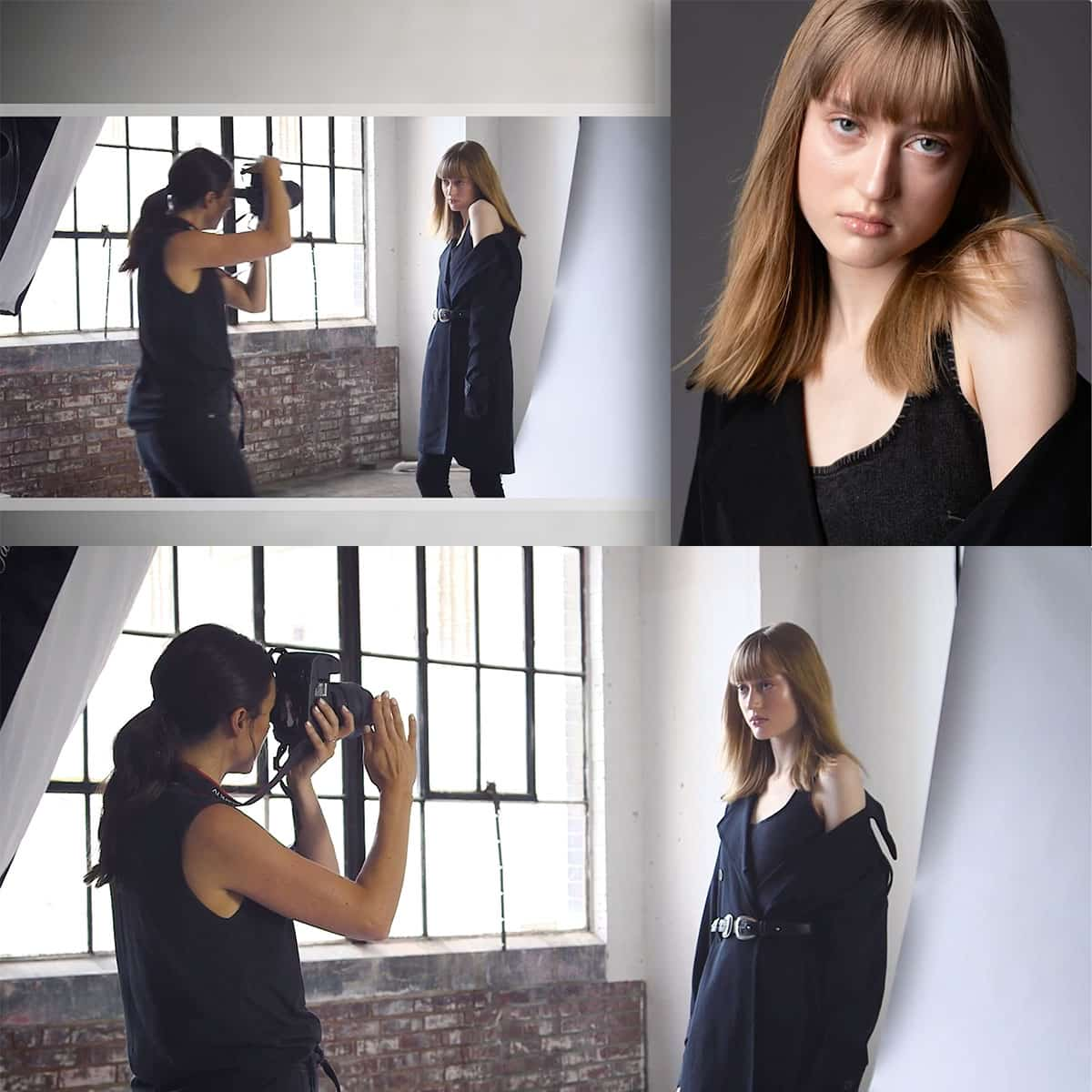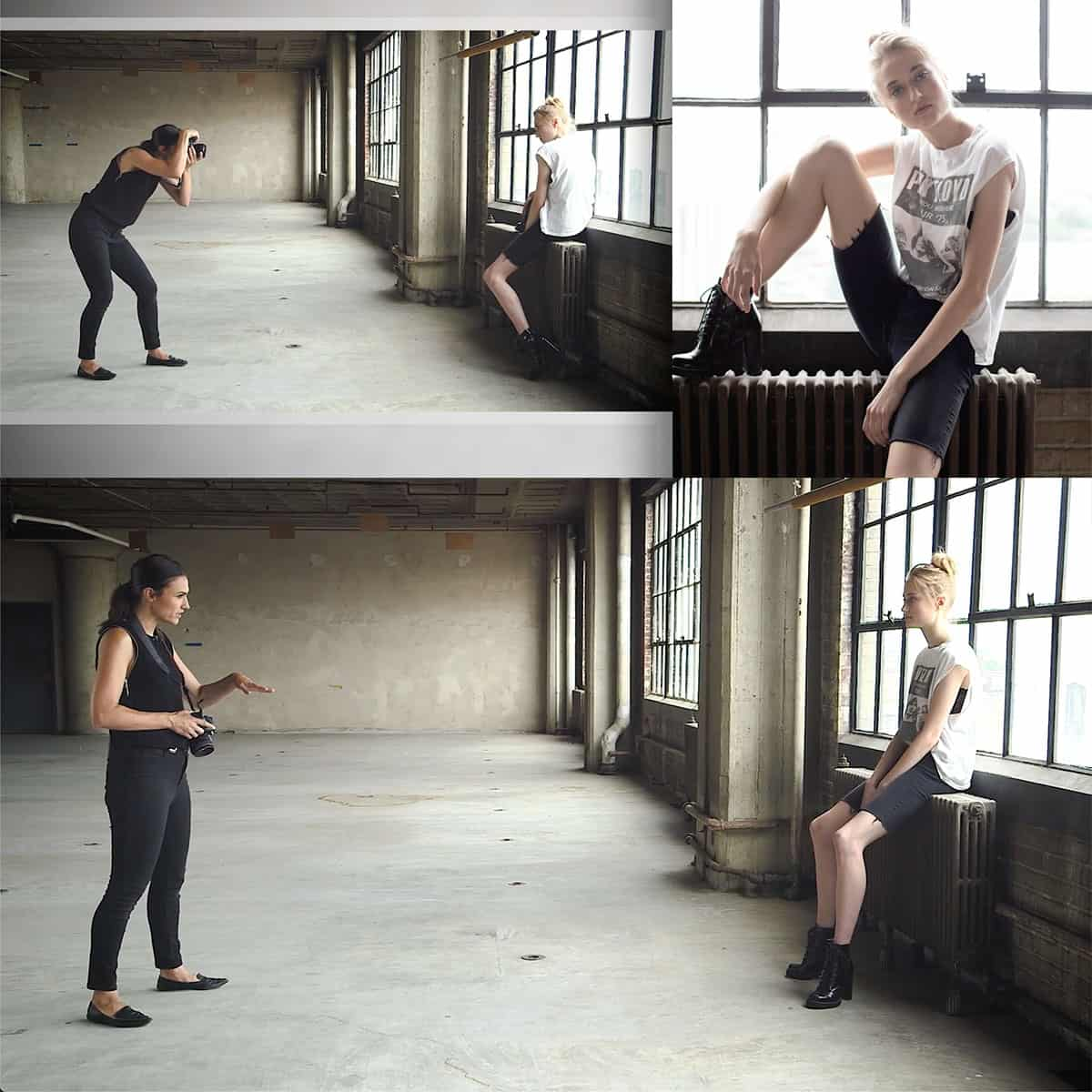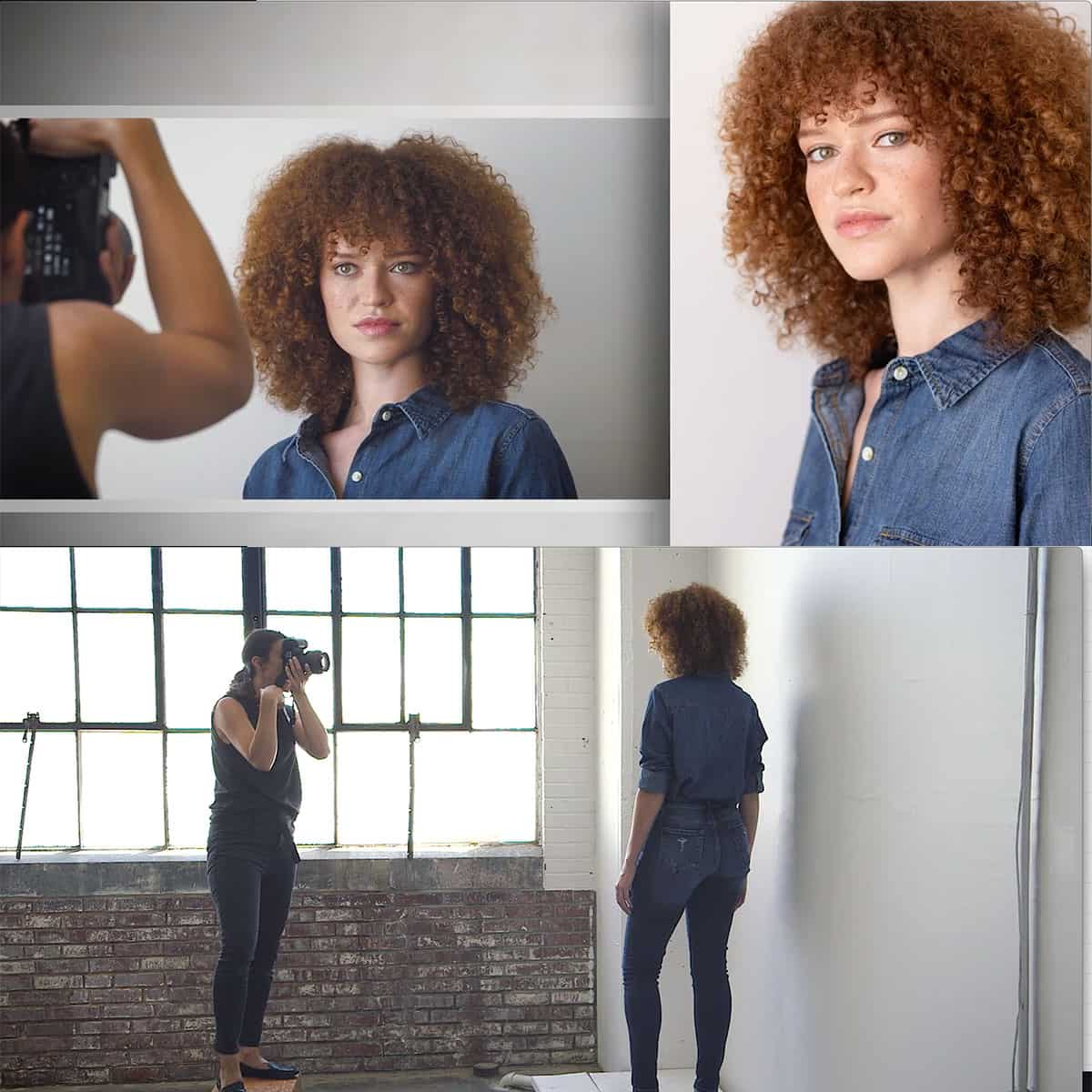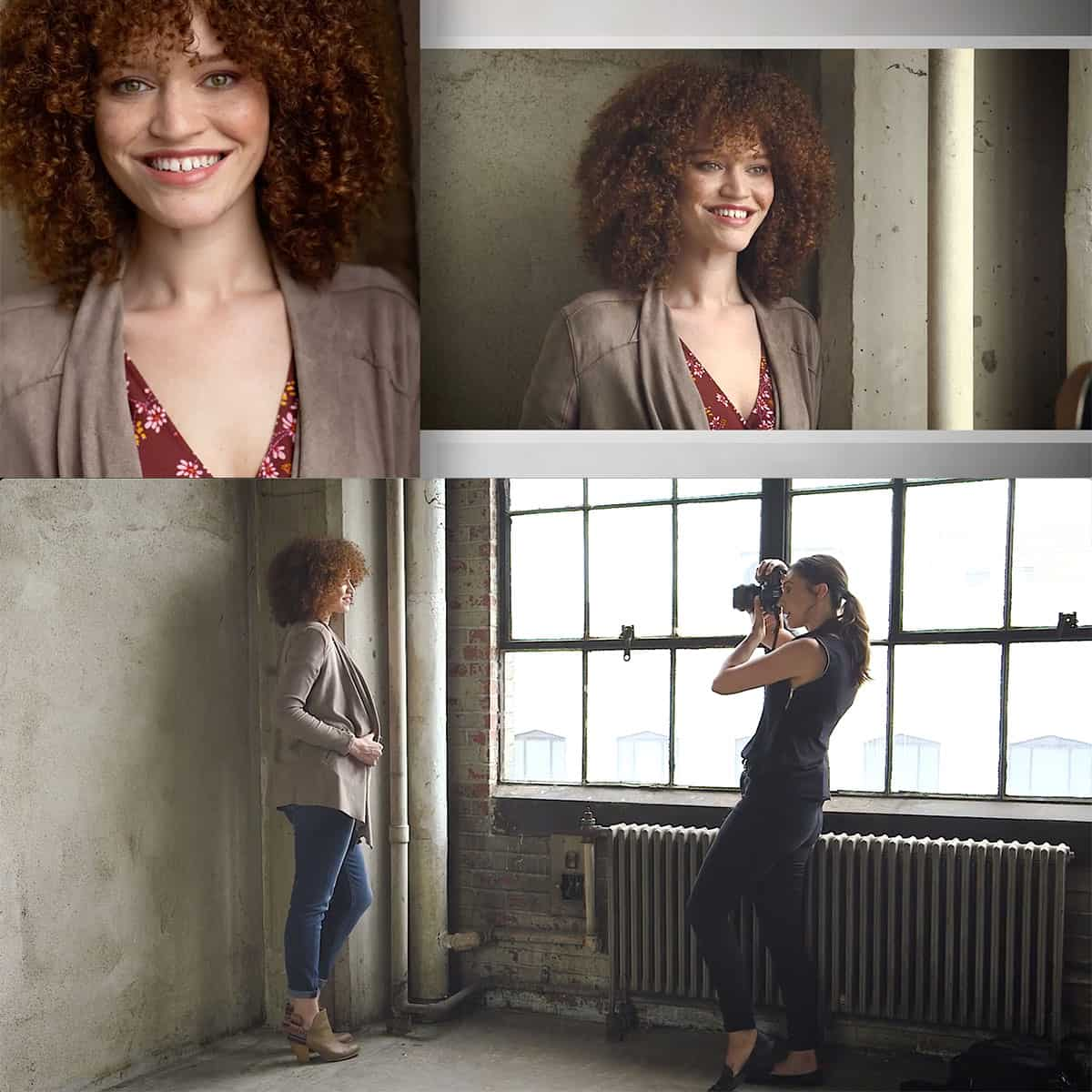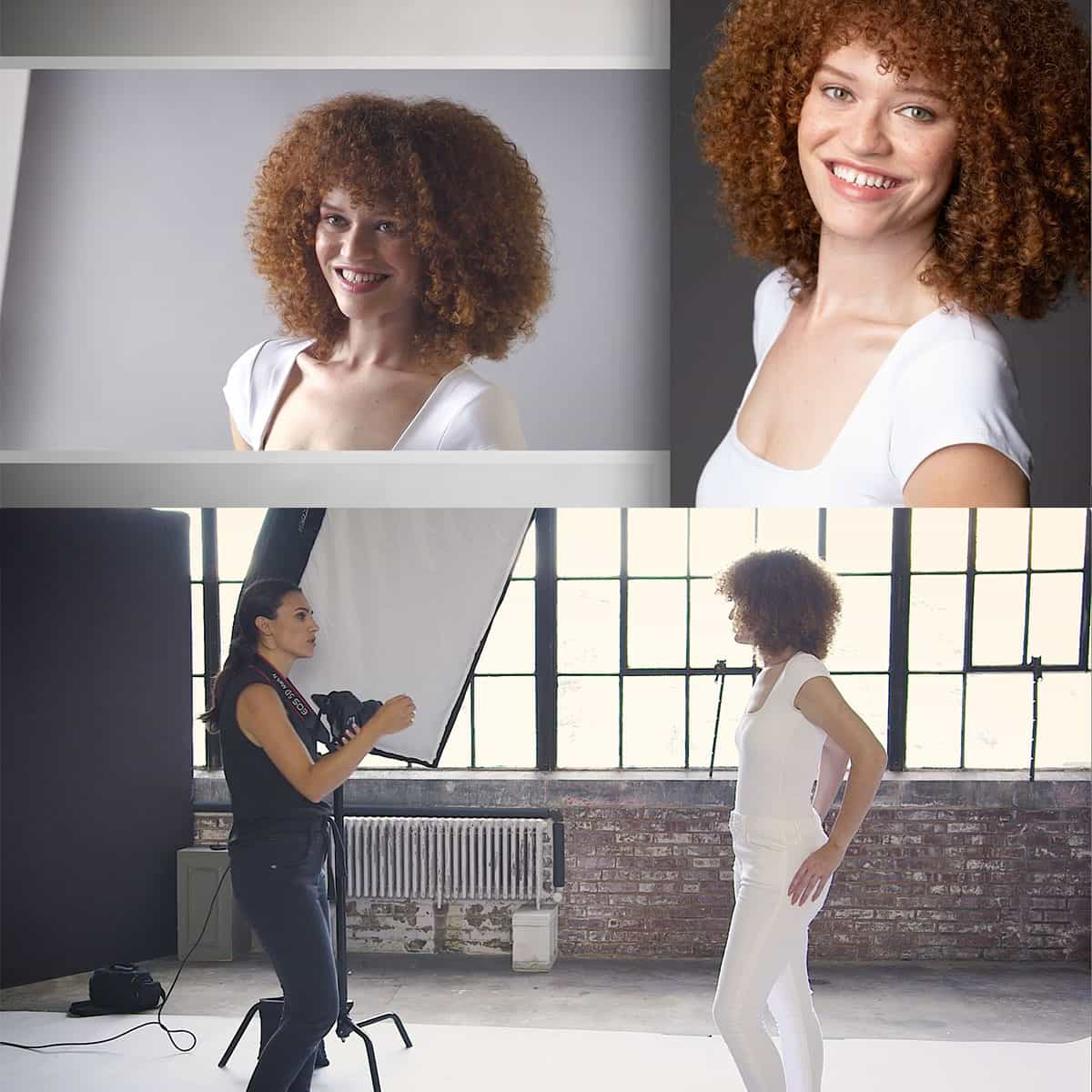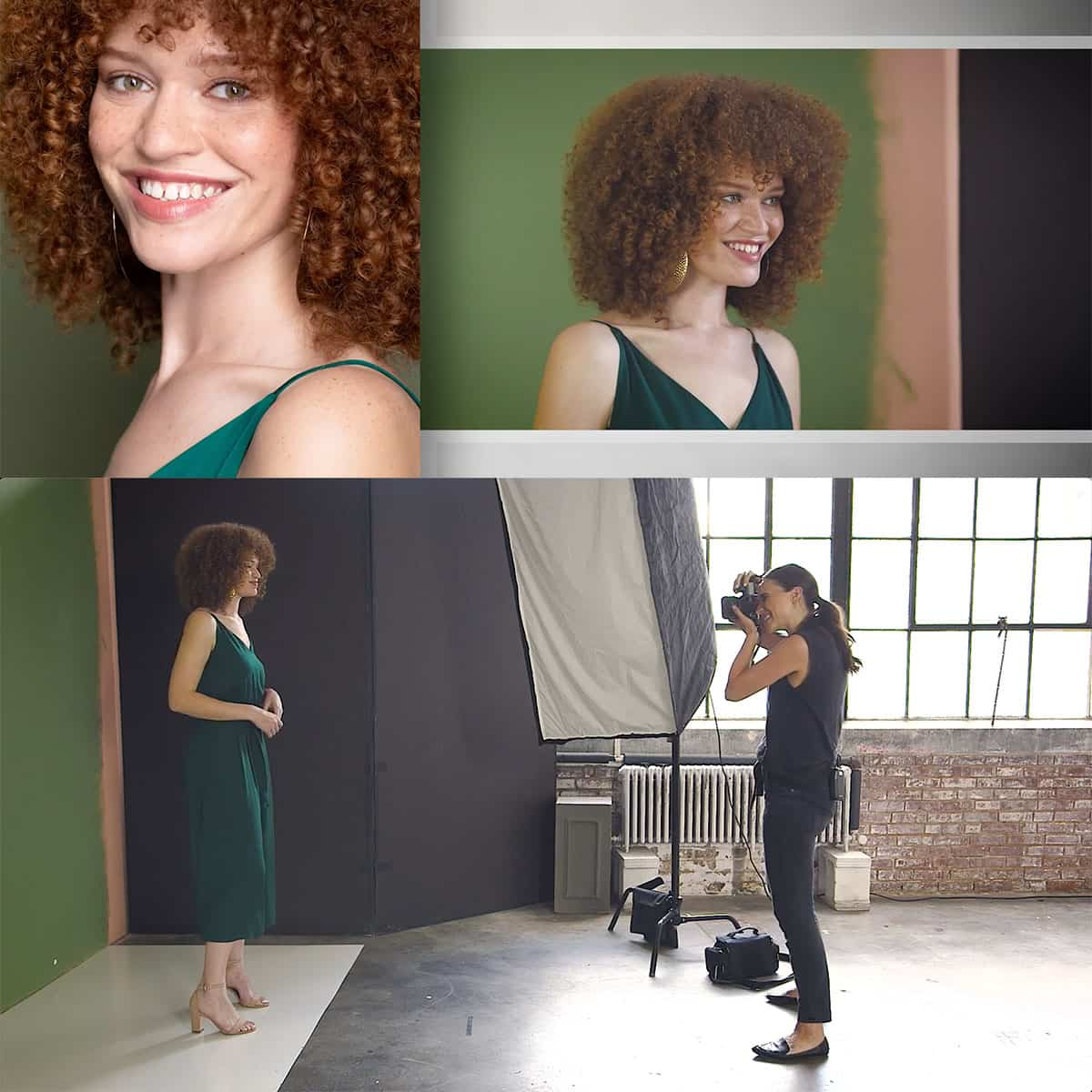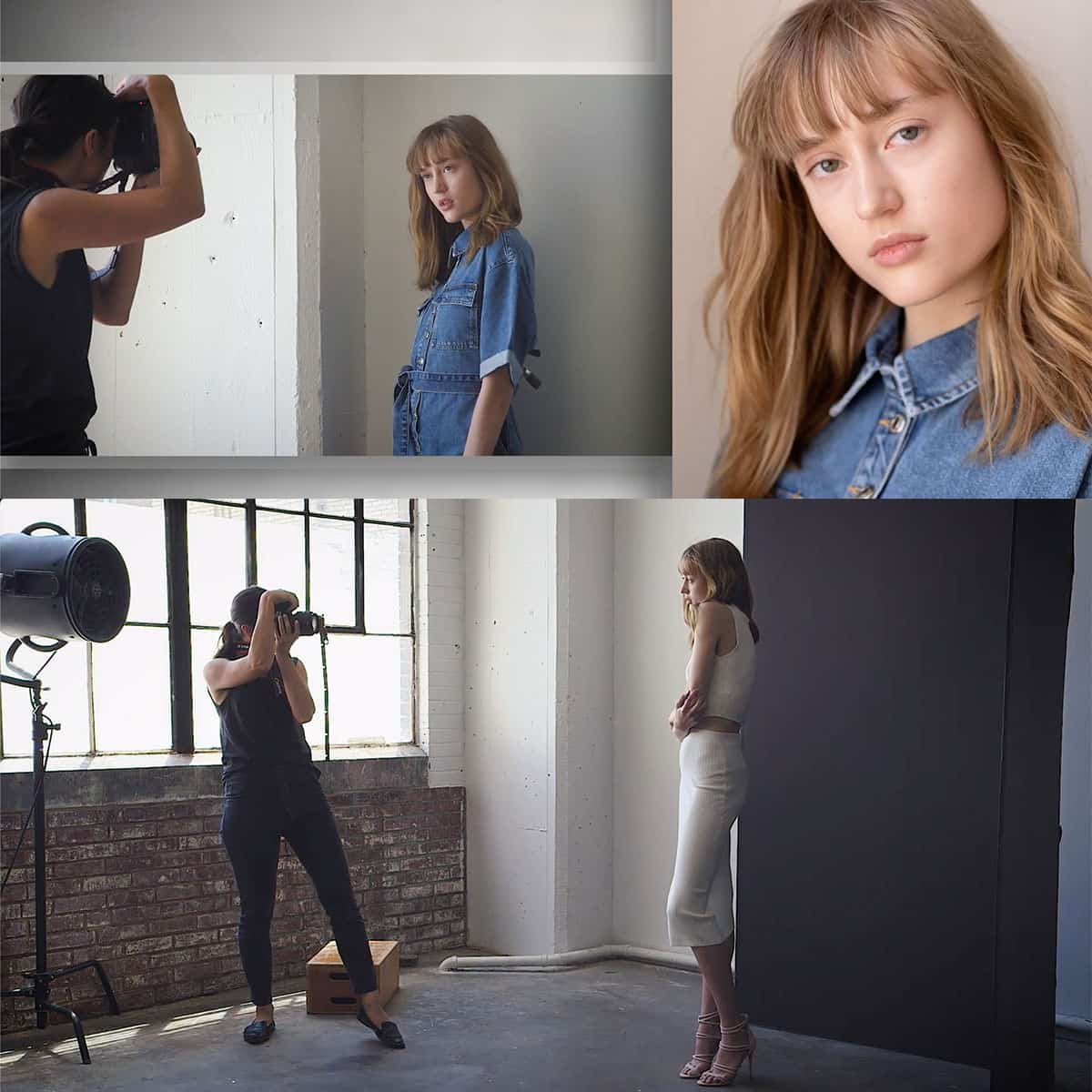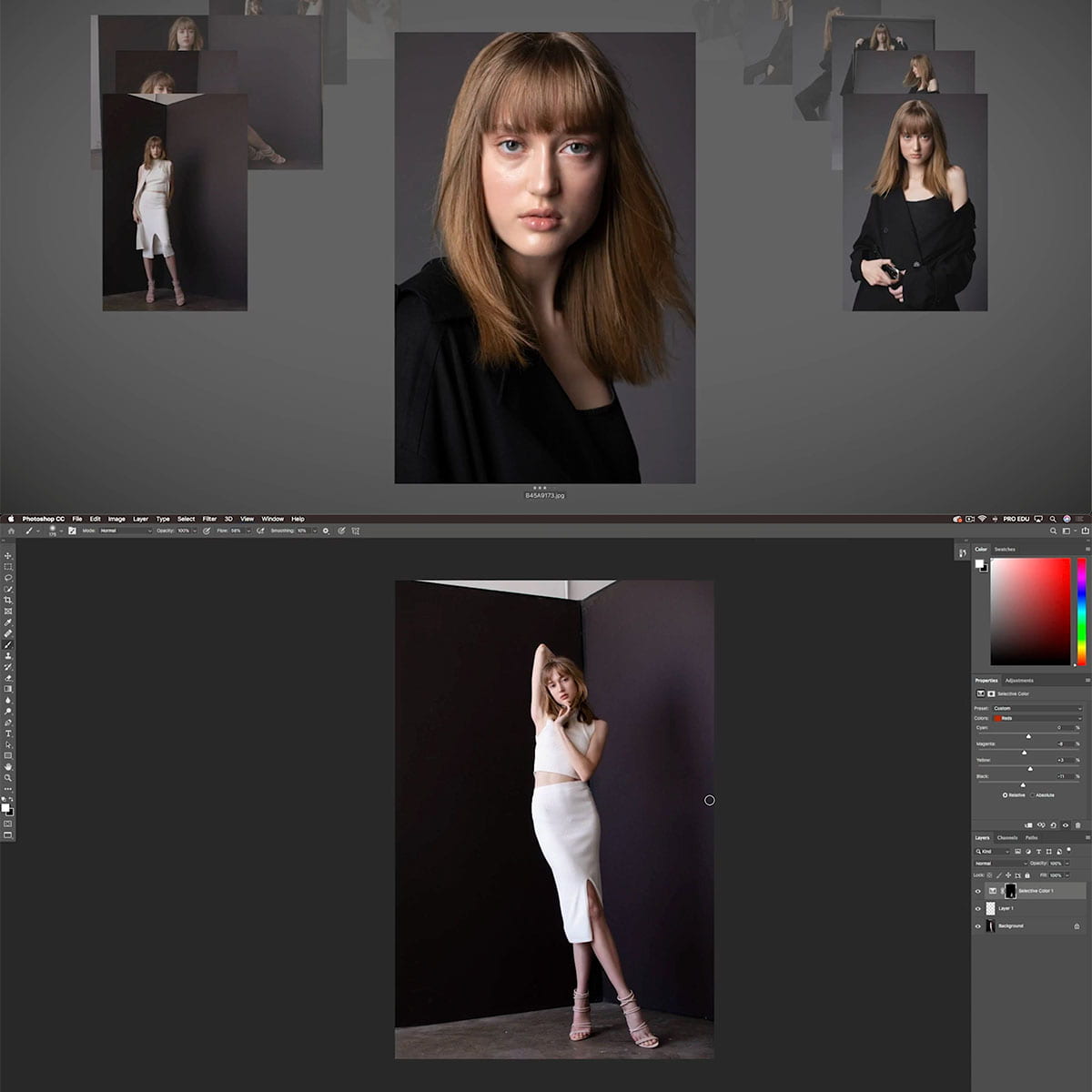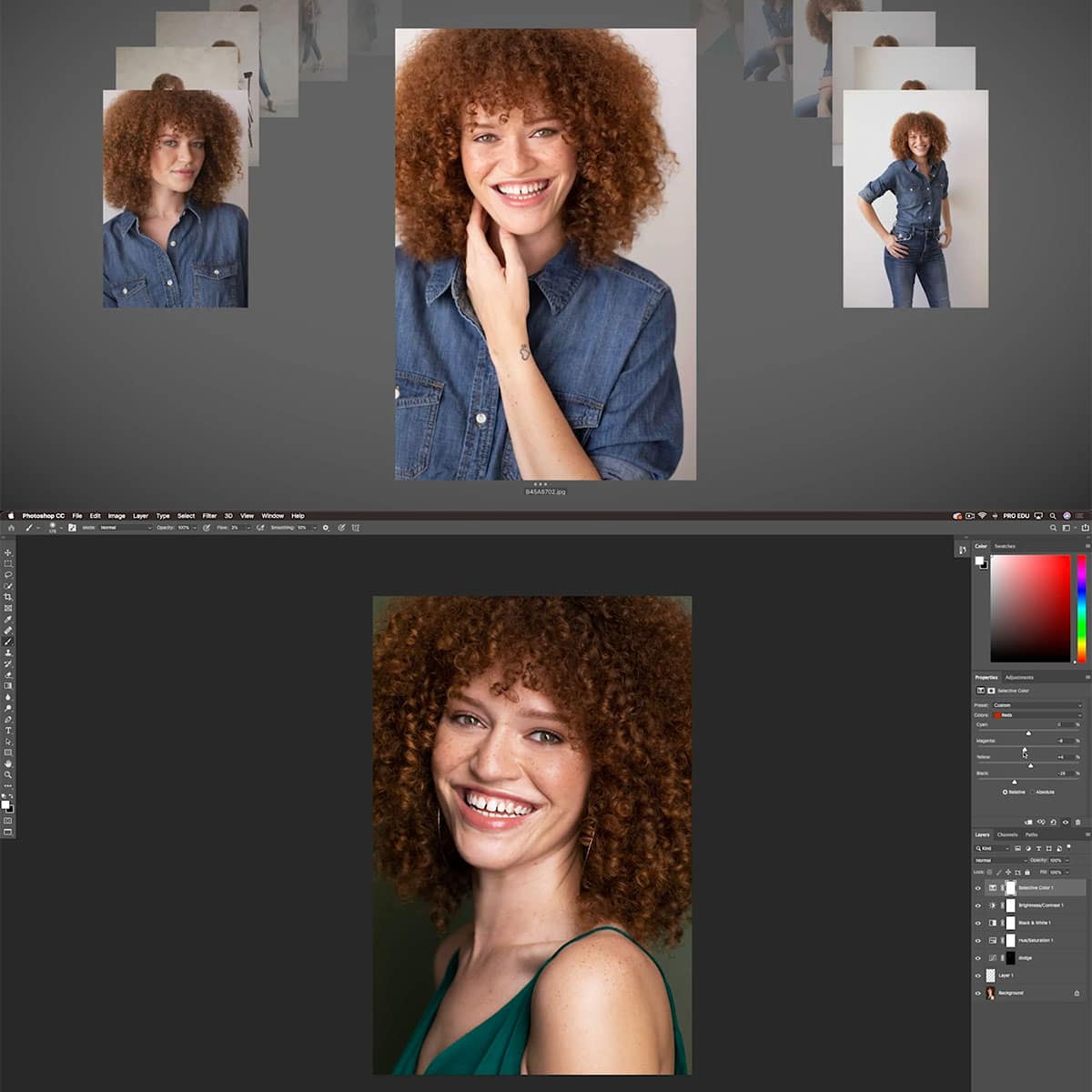Top 5 des objectifs photo pour la mode et les portraits : capturez le style avec clarté
Choisir le bon objectif est essentiel pour capturer l'essence de la photographie de mode et de portrait. Il ne s'agit pas seulement d'avoir un équipement de haute qualité, mais aussi de choisir des objectifs qui complètent le sujet, le décor et l'effet artistique souhaité. Différents objectifs offrent différents niveaux de netteté, de bokeh et de distances focales, influençant en fin de compte l'ambiance et l'histoire que transmet la photographie. Les photographes professionnels de l'industrie de la mode s'appuient souvent sur un ensemble d'objectifs clés qui excellent dans la création d'images convaincantes et de haute qualité.
Dans le domaine de la mode et du portrait, il existe des objectifs réputés pour leur capacité à produire des détails époustouflants, à offrir des plages de zoom polyvalentes et à maintenir l'intégrité de l'image dans diverses conditions d'éclairage. Ces objectifs sont les outils du métier pour créer des images captivantes qui mettent en valeur les textures, les couleurs et les expressions. Des objectifs à focale fixe connus pour leur mise au point précise et leur magnifique flou d'arrière-plan aux objectifs zoom offrant flexibilité et options de cadrage, chaque type d'objectif remplit une fonction distincte dans l'arsenal d'un photographe.
Principaux points à retenir
- Le choix de l’objectif affecte directement la qualité de l’image et l’impression artistique dans la photographie de mode et de portrait.
- Les objectifs à focale fixe offrent netteté et effet bokeh, tandis que les objectifs zoom offrent une polyvalence de cadrage.
- Une sélection appropriée d’objectifs implique de prendre en compte les conditions d’éclairage et les besoins de post-traitement.
Comprendre les objectifs des appareils photo
Lors de la sélection d'un objectif d'appareil photo pour la mode et le portrait, il est essentiel de comprendre comment la distance focale affecte le champ de vision, le rôle de l'ouverture dans la profondeur de champ et les différences entre les objectifs à focale fixe et les objectifs zoom, ainsi que l'importance des montures d'objectif pour la compatibilité.
Distance focale et champ de vision
La distance focale d'un objectif, mesurée en millimètres (mm), détermine son champ de vision, c'est-à-dire l'étendue de la scène capturée. Dans la photographie de mode, les objectifs de 50 mm sont souvent privilégiés pour leur perspective naturelle, tandis que les objectifs de 85 mm sont préférés pour les portraits en raison de leur compression flatteuse et de leur distorsion minimisée. Des distances focales plus larges peuvent créer une impression d'environnement, tandis que des distances focales plus longues se concentrent étroitement sur le sujet.
Ouverture et profondeur de champ
L'ouverture, exprimée en nombres f (f/1,4, f/1,8, etc.), contrôle l'ouverture du diaphragme de l'objectif, ce qui affecte l'entrée de la lumière et la profondeur de champ, c'est-à-dire la zone nette. Une ouverture plus large (nombre f plus faible) laisse entrer plus de lumière, ce qui est idéal pour créer une faible profondeur de champ ; les arrière-plans deviennent flous, ce qui favorise l'isolation du sujet dans les portraits. À l'inverse, une ouverture plus petite (nombre f plus élevé) conduit à une profondeur de champ plus étendue, ce qui permet de garder une plus grande partie de l'image nette.
Types d'objectifs : à focale fixe ou zoom
Les objectifs à focale fixe ont une distance focale fixe et offrent généralement une netteté, une luminosité et un poids supérieurs à ceux des objectifs zoom. Ils encouragent les photographes à se déplacer et à s'engager de manière plus créative avec le sujet. Les objectifs zoom , avec des distances focales variables , offrent une polyvalence sans changer d'objectif. Alors que les objectifs à focale fixe sont souvent choisis pour leurs ouvertures plus larges, les zooms offrent commodité et flexibilité pour divers scénarios de prise de vue.
Montures d'objectif et compatibilité
La monture d'objectif est l'interface par laquelle un objectif se connecte physiquement à un boîtier d'appareil photo. La compatibilité est primordiale ; un objectif et un appareil photo doivent partager la même conception de monture : un objectif Nikon ne s'adaptera pas nativement sur un boîtier Canon sans adaptateur. Les fabricants proposent également des montures spécifiques aux appareils photo sans miroir, telles que les montures RF de Canon et Z de Nikon, qui sont essentielles pour garantir des performances et des fonctionnalités optimales avec leurs systèmes d'appareils photo respectifs.
Objectifs indispensables pour la photographie de mode
Le choix du bon objectif pour la photographie de mode est crucial, car il affecte directement la netteté de l'image et la polyvalence de vos prises de vue. Des objectifs spécifiques améliorent les besoins précis des séances de mode, qu'il s'agisse de détails nets avec des objectifs à focale fixe, de cadrage flexible avec des objectifs zoom ou de scènes étendues capturées avec des objectifs grand angle.
Objectifs à focale fixe pour la netteté
Les objectifs à focale fixe sont réputés pour leur capacité à capturer des images nettes, ce qui en fait un excellent choix pour la photographie de mode . Un objectif de 50 mm est souvent privilégié pour sa perspective comparable à celle de l'œil humain, qui produit des portraits d'aspect naturel. Les photographes apprécient les grandes ouvertures pour le contrôle de la profondeur de champ, accentuant le sujet tout en floutant magnifiquement l'arrière-plan.
Objectifs zoom pour la polyvalence
En revanche, les objectifs zoom offrent une plage de focales polyvalente , ce qui est inestimable lors de séances de mode dynamiques où il n'est pas pratique de changer fréquemment d'objectif. Des objectifs comme le Canon EF 24-70 mm f/2,8L sont indispensables, car ils permettent aux photographes d'ajuster rapidement leur cadrage pour capturer des photos de tout le corps et des gros plans serrés sans changer d'équipement.
Objectifs grand angle pour le contexte
Pour inclure davantage l'environnement dans les photos de mode, les objectifs grand angle sont le choix optimal. Ils permettent aux photographes d'intégrer des arrière-plans étendus , ce qui peut être essentiel pour les séances éditoriales qui racontent une histoire ou présentent des vêtements dans leur contexte. Cependant, ces objectifs nécessitent une composition soignée pour éviter toute distorsion, en particulier lors de la photographie de modèles à des distances plus proches.
Les meilleurs objectifs pour portraits pour des résultats professionnels
Pour capturer l'essence d'un sujet, les photographes professionnels s'appuient sur des objectifs de portrait de haute qualité. Les objectifs dotés de certaines focales et ouvertures peuvent offrir une netteté époustouflante et un magnifique effet bokeh, garantissant que le modèle soit le point focal inébranlable de chaque prise de vue.
Meilleurs objectifs 85 mm
L' objectif 85 mm est un outil indispensable pour les photographes de portrait en raison de sa capacité à produire des proportions réalistes et un flou d'arrière-plan agréable. Parmi les meilleurs, on trouve le Canon 85 mm f/1,8 , un excellent choix pour sa grande ouverture et ses performances fiables dans diverses conditions d'éclairage. Le Nikon 105 mm f/1,4E ED est tout aussi remarquable, offrant une netteté remarquable et une touche de portée supplémentaire.
Pour les utilisateurs d'appareils photo sans miroir, le Sony FE 85 mm f/1,8 se distingue par son autofocus rapide et sa sortie nette, tandis que le RF 85 mm f/1,2L USM de Canon est salué pour sa qualité optique exceptionnelle, ce qui en fait l'un des meilleurs choix pour les professionnels utilisant le système Canon EOS R.
Téléobjectifs et bokeh
Les téléobjectifs sont appréciés pour l'effet de compression qu'ils produisent sur les images, en rapprochant les sujets éloignés et en améliorant l'effet bokeh, la qualité esthétique agréable du flou d'arrière-plan sur une photographie. Un objectif tel que le Sigma 135 mm f/1,8 DG HSM Art est conçu pour atteindre cet objectif, en offrant une belle séparation du modèle par rapport à l'arrière-plan sans compromettre la netteté.
Les photographes expérimentés privilégient ces objectifs pour leur capacité à isoler les sujets des arrière-plans chargés, ce qui est particulièrement utile dans la photographie de mode où l'accent est mis sur le modèle et sa tenue. La combinaison de focales plus longues et de grandes ouvertures rend les téléobjectifs indispensables pour créer des portraits de qualité professionnelle.
Optimisation pour différentes conditions d'éclairage
En photographie de mode et de portrait, il est essentiel de s'adapter aux différentes conditions de lumière. Les objectifs dotés de fonctionnalités telles qu'une grande ouverture maximale et une stabilisation d'image sont des outils essentiels que les photographes utilisent pour capturer des images nettes et éclatantes, même dans des conditions d'éclairage difficiles.
Faible luminosité et ouverture maximale
Dans des conditions de faible luminosité, les objectifs dotés d'une grande ouverture maximale permettent à davantage de lumière d'atteindre le capteur de l'appareil photo, ce qui permet aux photographes d'utiliser des vitesses d'obturation plus rapides et de réduire le flou de mouvement. Par exemple, des objectifs tels que l' objectif à focale fixe de 50 mm avec une ouverture de f/1,2 peuvent obtenir une excellente exposition dans des conditions de faible luminosité.
Avoir un faible nombre f permet également une faible profondeur de champ, ce qui peut isoler le sujet de l'arrière-plan pour créer un portrait saisissant avec un effet bokeh agréable.
Avantages de la stabilisation d'image
La technologie de stabilisation d'image (IS) compense les vibrations de l'appareil photo en ajustant le mouvement de l'objectif ou du capteur, ce qui est particulièrement utile dans des conditions de faible luminosité lorsque des temps d'exposition plus longs peuvent entraîner un flou. La stabilisation d'image permet aux photographes de tenir l'appareil photo à la main à des vitesses d'obturation plus lentes tout en conservant la netteté de leurs clichés.
Pour les options d'objectif avec un IS efficace, les photographes optent souvent pour des objectifs comme le zoom 24-70 mm de Canon qui inclut cette fonctionnalité, offrant une polyvalence dans divers scénarios d'éclairage sans avoir besoin d'un trépied.
Considérations techniques pour la sélection des objectifs
Lors du choix d'un objectif pour la mode et le portrait , les photographes doivent tenir compte de l'impact des caractéristiques techniques de l'objectif sur leur travail. Deux aspects essentiels à prendre en compte sont les performances de l'autofocus, essentielles pour les environnements au rythme rapide, et la qualité optique, en particulier la façon dont un objectif gère l'aberration chromatique.
Vitesse et précision de l'autofocus
Pour la photographie de mode, où les moments sont fugaces et les expressions éphémères, un objectif doté d' une mise au point automatique (AF) rapide et précise est essentiel. Les objectifs d'appareil photo plein format offrent généralement de meilleures performances AF en raison de capteurs plus grands et d'une technologie avancée. De nombreux photographes de mode privilégient des objectifs comme le Canon RF 24-70 mm f/2,8 L IS USM plein format pour ses capacités AF rapides et précises.
Traiter l'aberration chromatique
L'aberration chromatique, ou franges de couleur, peut nuire à la netteté d'une image, ce qui est inacceptable dans le monde de la photographie de mode, très soucieux des détails. Un objectif qui assure un contrôle supérieur de l'aberration chromatique garantit des résultats plus nets et plus professionnels. Des revêtements d'objectif et des éléments en verre spéciaux sont souvent intégrés dans des conceptions telles que le Sigma 24-70 mm f/2,8 DG DN Art pour lutter contre ce problème. Si les objectifs plein format sont efficaces pour minimiser l'aberration chromatique, les systèmes micro quatre tiers peuvent également proposer des objectifs conçus pour réduire ce défaut optique, offrant ainsi une plus grande flexibilité aux photographes qui privilégient la portabilité à la qualité de l'image.
Budgétisation des objectifs d'appareil photo
Lors de la sélection d'objectifs pour la mode et le portrait, les photographes doivent trouver le juste équilibre entre coût et performances. Le marché propose une gamme d'objectifs allant des options économiques aux investissements haut de gamme qui peuvent améliorer considérablement la qualité de l'image.
Options abordables
Canon EF 50 mm f/1,4 USM : cet objectif se distingue par son prix abordable et ses capacités exceptionnelles en matière de portrait . Avec un prix qui ne videra pas votre portefeuille, le Canon EF 50 mm f/1,4 USM est un favori parmi les photographes à la recherche d'un équilibre entre coût et qualité.
- Économique : Prix destiné aux photographes débutants et amateurs.
- Performances en basse lumière : ouverture lumineuse f/1,4 pour la prise de vue dans diverses conditions d'éclairage.
Les photographes disposant d'un budget serré peuvent également explorer d'autres objectifs économiques recommandés par des ressources photographiques réputées , telles que les meilleurs objectifs portrait à petit budget en 2024 .
Investir dans des objectifs haut de gamme
Pour ceux qui souhaitent investir dans du matériel haut de gamme, le Canon RF 85 mm f/1,2L USM DS et le Sony FE 70-200 mm f/2,8 GM OSS offrent des fonctionnalités avancées et une qualité d'image supérieure.
-
Canon RF 85 mm f/1,2L USM DS : offre une netteté et un bokeh incroyables, parfait pour les portraits avec sa distance focale flatteuse et son revêtement Defocus Smoothing (DS).
-
Sony FE 70-200 mm f/2,8 GM OSS : offre une polyvalence grâce à sa plage de zoom, excellente pour capturer des photos de mode détaillées avec une prise de vue stable optique (OSS) pour des images nettes même à des vitesses d'obturation plus lentes.
Ces objectifs haut de gamme représentent un engagement financier substantiel mais constituent des investissements dans le métier du photographe, offrant des résultats inégalés dans des environnements professionnels.
Post-traitement pour une qualité d'image améliorée
Après avoir capturé des images de mode et de portrait époustouflantes avec les meilleurs objectifs d'appareil photo, l' étape de post-traitement est essentielle pour obtenir une qualité d'image irréprochable. Cette phase permet aux photographes d'affiner des éléments tels que le flou d'arrière-plan et la profondeur de champ réduite . Des outils comme Lightroom facilitent ces améliorations sur les images, en particulier celles prises avec des capteurs plein format.
Techniques d'édition avec Lightroom
Lightroom est un allié puissant pour peaufiner l'esthétique de la photographie de mode et de portrait. Les photographes peuvent exploiter ses capacités pour accentuer une faible profondeur de champ et améliorer le flou d'arrière-plan , contribuant ainsi à une isolation du sujet plus percutante.
- Amélioration des détails : Avec Lightroom, on peut affiner subtilement les traits du sujet tout en conservant les textures naturelles de la peau. Cela est particulièrement important pour les images haute résolution provenant de capteurs plein format, car cela permet de conserver la qualité de l'image sans introduire de bruit indésirable.
- Correction des couleurs : les outils d'étalonnage des couleurs de Lightroom permettent de corriger les déséquilibres de couleurs ou de modifier stylistiquement la palette de couleurs en fonction de l'ambiance de la séance. Cela garantit que les vêtements et le modèle sont représentés avec précision et de manière attrayante.
- Manipulation de l'arrière-plan : pour la photographie de mode, la distinction entre le sujet et l'arrière-plan est essentielle. Lightroom peut être utilisé pour améliorer le flou d'arrière-plan , en créant un effet de profondeur de champ étroit après la capture qui dirige l'attention du spectateur sur le sujet principal.
En utilisant ces techniques, les photographes peuvent fournir des images d’une qualité et d’un attrait visuel exceptionnels qui se démarquent dans le domaine concurrentiel de la mode et du portrait.
Questions fréquemment posées
Choisir le bon objectif est essentiel pour capturer de superbes images de mode et de portrait. Cette section répond aux questions courantes pour vous aider à faire un choix éclairé.
Que dois-je prendre en compte lors du choix d’un objectif pour la photographie de mode ?
Lors du choix d'un objectif pour la photographie de mode, il faut tenir compte de la distance focale, de la taille de l'ouverture pour le contrôle de la profondeur de champ et de la netteté de l'objectif. Des objectifs tels que le 85 mm f/1,8G offrent une perspective flatteuse et un magnifique bokeh, idéal pour ce genre.
Quels sont les objectifs les plus recommandés pour la photographie de portrait avec un appareil photo Canon ?
Les meilleurs objectifs pour les portraits avec les appareils photo Canon incluent des modèles comme le Canon 85 mm f/1,2L II pour sa netteté exceptionnelle et le 70-200 mm f/2,8 pour sa polyvalence. Ces objectifs offrent une excellente qualité d'image et un magnifique flou d'arrière-plan.
Quels objectifs Nikon sont préférés par les photographes de mode professionnels ?
Les photographes professionnels Nikon préfèrent souvent des objectifs comme le Nikon 70-200 mm f/2,8E FL ED VR et le Nikon 105 mm f/1,4E ED en raison de leur netteté et de leurs ouvertures rapides, ce qui les rend adaptés au travail de mode détaillé.
Pour les utilisateurs d'appareils photo Sony, quel objectif est considéré comme optimal pour les séances de haute couture ?
Pour les appareils photo Sony, le Sony FE 24-70 mm f/2,8 GM II est souvent considéré comme le choix optimal pour les séances de haute couture car il offre une polyvalence et une qualité d'image exceptionnelles sur une gamme de distances focales .
Quelles caractéristiques définissent le meilleur objectif pour la photographie de modèles et éditoriale ?
Les meilleurs objectifs pour la photographie éditoriale et de mannequin se caractérisent par leur capacité à capturer des images nettes et détaillées avec une faible profondeur de champ et un effet bokeh agréable. Les objectifs à focale fixe rapides , généralement compris entre 85 et 105 mm, sont couramment utilisés à cette fin.
Quelles sont les principales caractéristiques à rechercher dans un objectif d’appareil photo spécifiquement pour la photographie de mode en studio ?
Dans un studio de photographie de mode, les principales caractéristiques comprennent une ouverture rapide pour contrôler l'éclairage et la profondeur de champ, une distorsion minimale et des distances focales polyvalentes pour s'adapter à différents sujets et configurations. Les objectifs zoom comme le 24-70 mm f/2,8 offrent une flexibilité, tandis que les objectifs à focale fixe offrent une netteté supérieure.


